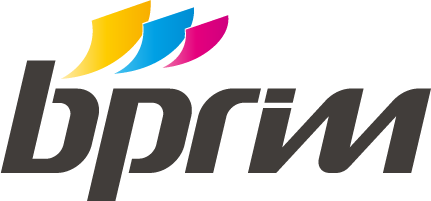Recognizing the Dynamics of Collaborative Discovering
In today’s increasingly interconnected globe, the capability to work collaboratively is an important ability. As traditional academic paradigms evolve to satisfy the demands of the 21st century, collective understanding becomes an essential concept. This write-up delves into the intricacies of collective discovering, exploring its advantages, approaches, and challenges, while supplying insights right into exactly how it shapes modern education and learning.
Collaborative understanding surpasses just collaborating.

It symbolizes an instructional approach where individuals participate in a cumulative effort to obtain expertise, fix troubles, and accomplish an usual objective. This method emphasizes the value of diversity in thought and fosters deeper understanding through communication and common experience.
The Advantages of Collaborative Understanding
Collaborative discovering provides a myriad of advantages, making it a popular method in instructional settings around the world. One of the main benefits is the improvement of important believing skills. As students involve with peers, they are exposed to different perspectives, motivating them to examine and analyze info a lot more critically.
Another considerable benefit is the renovation in communication abilities. Collective discovering settings demand energetic listening, express q&a resource for students expression of ideas, and considerate discussion. These skills are invaluable, not simply academically, yet in expert and social contexts as well.
Cognitive advancement is also significantly reinforced via collective initiatives. Collaborating requires learners to express their reasoning, obstacle presumptions, and integrate different viewpoints, leading to much deeper cognitive processing and retention.
- Enhanced essential assuming
- Boosted interaction abilities
- Enhanced cognitive advancement
- Greater retention prices
- Cultivating of social and leadership abilities
The cumulative impact of these benefits is an extra alternative academic experience. Learners not only get expertise however also develop vital life skills that prepare them for future collaborative ventures in any kind of area.
Techniques for Effective Collaborative Knowing
Implementing joint knowing efficiently calls for thoughtful strategy and preparation.

Educators must produce an atmosphere conducive to partnership, where students really feel safe and motivated to get involved freely. Below are some methods that can help with successful collective understanding experiences.
Firstly, establishing clear goals and expectations is vital. When students comprehend the goals and their functions within the team, they are more probable to engage meaningfully. Educators must connect these goals explicitly and guarantee they are straightened with the educational program.
Second of all, making use of diverse group structures can enhance the discovering experience. By differing team structure, whether by ability degree, rate of interest, or history, teachers can boost vibrant communications and a more extensive understanding of the product.
Challenges in Collaborative Understanding
While joint learning offers countless advantages, it is not without its challenges. One common problem is the difference in group member engagement. Some individuals might control discussions, while others might be less likely to add, leading to an inequality in the learning experience.
- Diverse levels of engagement
- Possible for problem
- Time administration problems
- Diverse levels of commitment
Moreover, disputes can occur due to differing point of views, functioning designs, or misconceptions. Educators has to be geared up to take care of these conflicts successfully, cultivating a setting where considerate dialogue prevails.
The Role of Innovation in Collaborative Discovering
In the electronic age, technology plays a critical duty in promoting collaborative learning. On-line platforms damage geographical barriers, allowing people from varied places to team up in real time. These tools supply a multitude of features that boost collective initiatives, from shared documents and discussion forums to digital meeting spaces.

Modern technology not just expands the range of who can take part in collective understanding yet likewise improves the high quality of communication. Learners can access a broader series of sources, engage with interactive content, and use their knowledge in cutting-edge ways.
Future of Collaborative Knowing
Looking in advance, the future of collaborative knowing shows up encouraging. As universities continue to embrace modern technology and innovate pedagogical methods, collaboration will likely end up being a cornerstone of learning experiences whatsoever degrees of education.
Ultimately, the significance of collaborative discovering hinges on its ability to empower people via shared initiative and good understanding. As we move on, growing these experiences will certainly be crucial in preparing students not just to do well academically, however to prosper in a complicated, interconnected globe.
Related posts
Erlebe das Beste aus Online-Casinos mit WinBay Games – Jetzt in Deutsch spielen!
Erlebe das Beste aus Online-Casinos mit WinBay Games – Jetzt in Deutsch spielen! Table Of Cont
Exploring the Legality of Quatro Casino in Canada: A Comprehensive Guide
Exploring the Legality of Quatro Casino in Canada: A Comprehensive Guide Table Of Contents Understan
Попробуйте Book of Ra игровой автомат в демо-режиме бесплатно
Попробуйте Book of Ra игровой автомат в демо-режиме беспла�

